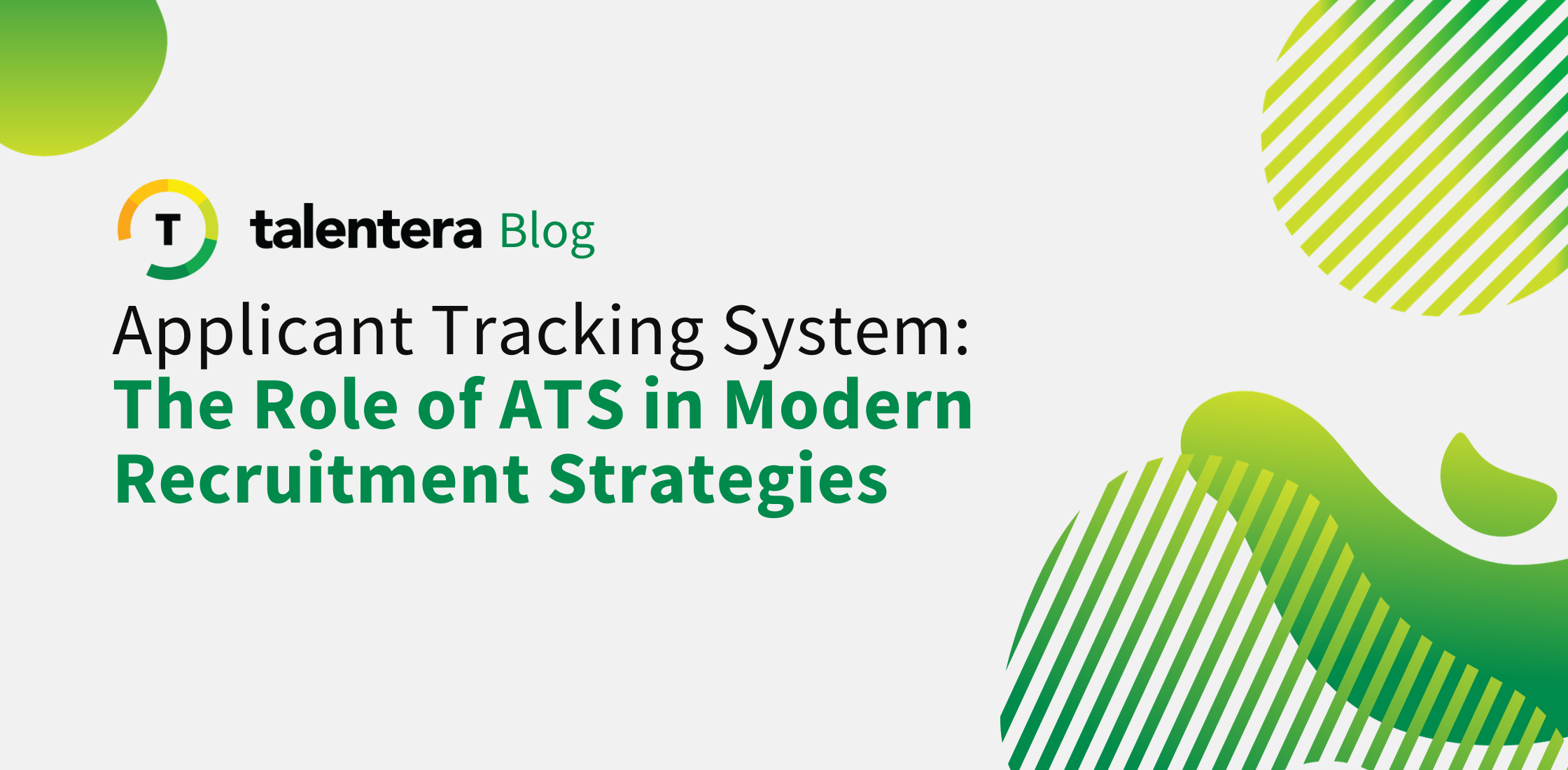
Attracting the right talent and then hiring the best minds for your organization is an often tedious process.
To make such long and rather mundane processes feasible, human resource teams are increasingly relying on data and metrics.
One such metric is the time to hire.
In this article, we are going to learn what time to hire is and how we can reduce it to make the hiring process more efficient.
What is time to hire?
Essentially, time to hire refers to the length of time between the candidate first applying for the job and then accepting a job offer.
How to calculate time to hire?
Since time to hire is a candidate-focused metric, it calculates everything from the candidate’s perspective.
Let us explain that through the following time to hire formula.
Let’s say your organization opened up a position to be filled on the 5th day of the month. But your ideal or best candidate applies on the 15th day. Then that candidate accepts your job offer on the 27th day.
Now the time to hire would be; 27-15 = 12 days.
Why is time to hire important?
Time to hire is an incredibly important metric for several reasons.
First, it provides valuable insight into how efficient the recruitment system of the organization is. This means how fast the process of recruiting a new candidate goes and whether any obstacles negatively impact this process.
Secondly, an organization’s time to hire directly impacts a candidate’s experience with the organization. Naturally, any candidate would prefer a shorter hire time as it saves time and energy.

Time means money in business. The higher the time to hire, the more costs the organization will have to bear in the recruitment process. Therefore, being aware of your organization’s time to hire is crucial to keep the HR costs in check.
5 smart ways to reduce your time to hire
Improve your job descriptions
When candidates apply for a job, they first take a quick run through the job description attached.
Unfortunately, most people writing these job descriptions are either not good with words or simply too indifferent about the task at hand. They write long paragraphs with heaps of requirements.
Reading such a long job description can not only discourage the high-value candidates from applying, but it could also mean that the candidates that do apply never gave a thorough read to the description. As a result, you will attract unsuitable candidates, and your time to hire will go up.
Make your career page useful
Interested candidates are very likely to visit your careers page, so you have to make sure you put your best foot forward. The careers page will be your organization’s first introduction to the potential employee. Thus, it’s a great idea to make all the relevant information as easily accessible as possible.
Avoid long application forms
A big mistake organizations make is creating very long and cumbersome application forms for interested applicants.
You must respect the candidates’ time if you want to be taken seriously by the best talent in the market. So, keep your application form concise and easy to fill. Long application forms dissuade the right candidates from applying for the position.
Make your hiring team more efficient
While facilitating the incoming candidates is certainly a good way to reduce the time to hire, another method that can work simultaneously is building efficiency among the hiring managers.
The hiring managers must be trained to have a collaborative mindset and well-planned strategies at their disposal. The more systematic the hiring process, the less the time-to-hire will be.
Create an employee referral program
The existing employees might have in their social network a few competent individuals who could be a great fit for your organization. Thus, leveraging a robust employee referral program can be the perfect solution for your hiring woes.
Frequently Asked Questions (FAQs)
What is the difference between time to hire and time to fill?
Although both these metrics look alike, there is, however, a subtle nuance that sets them apart.
Time to fill metric is the time starting from when a job position opens at the organization till the time it is filled (accepted) by the
candidate.
While time to fill measures the time when a candidate applies to the position till when they formally accept the job offer.







